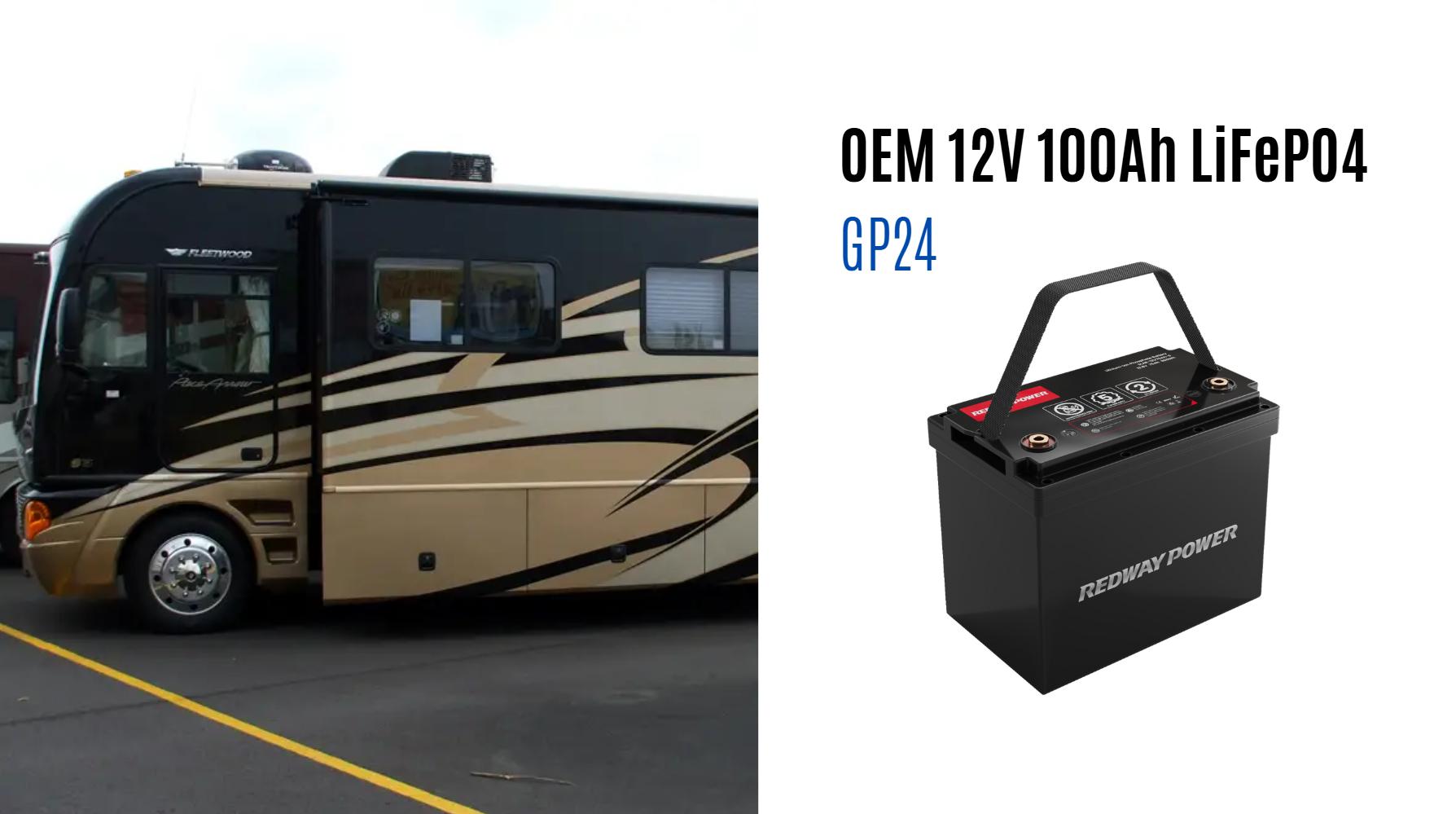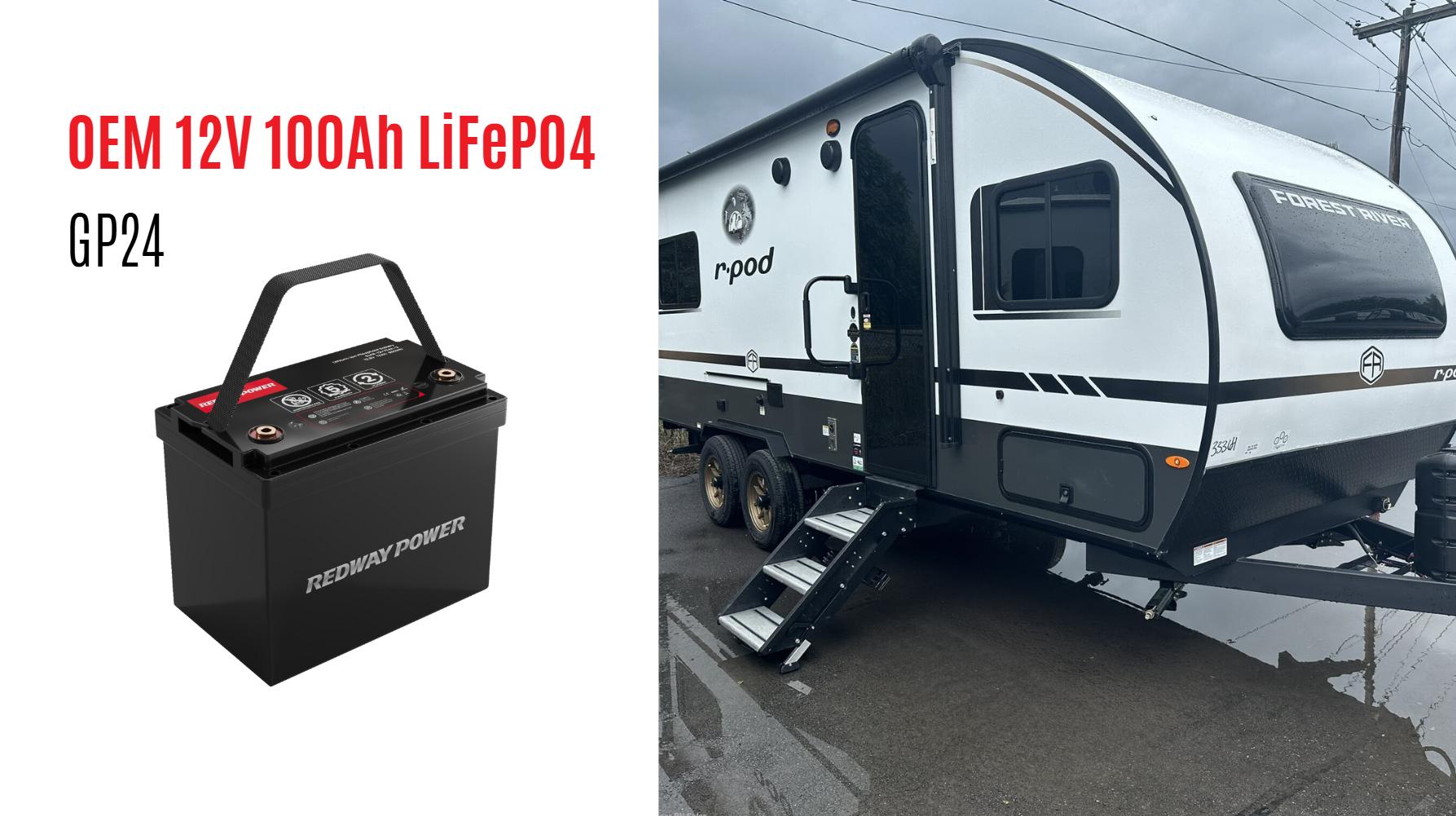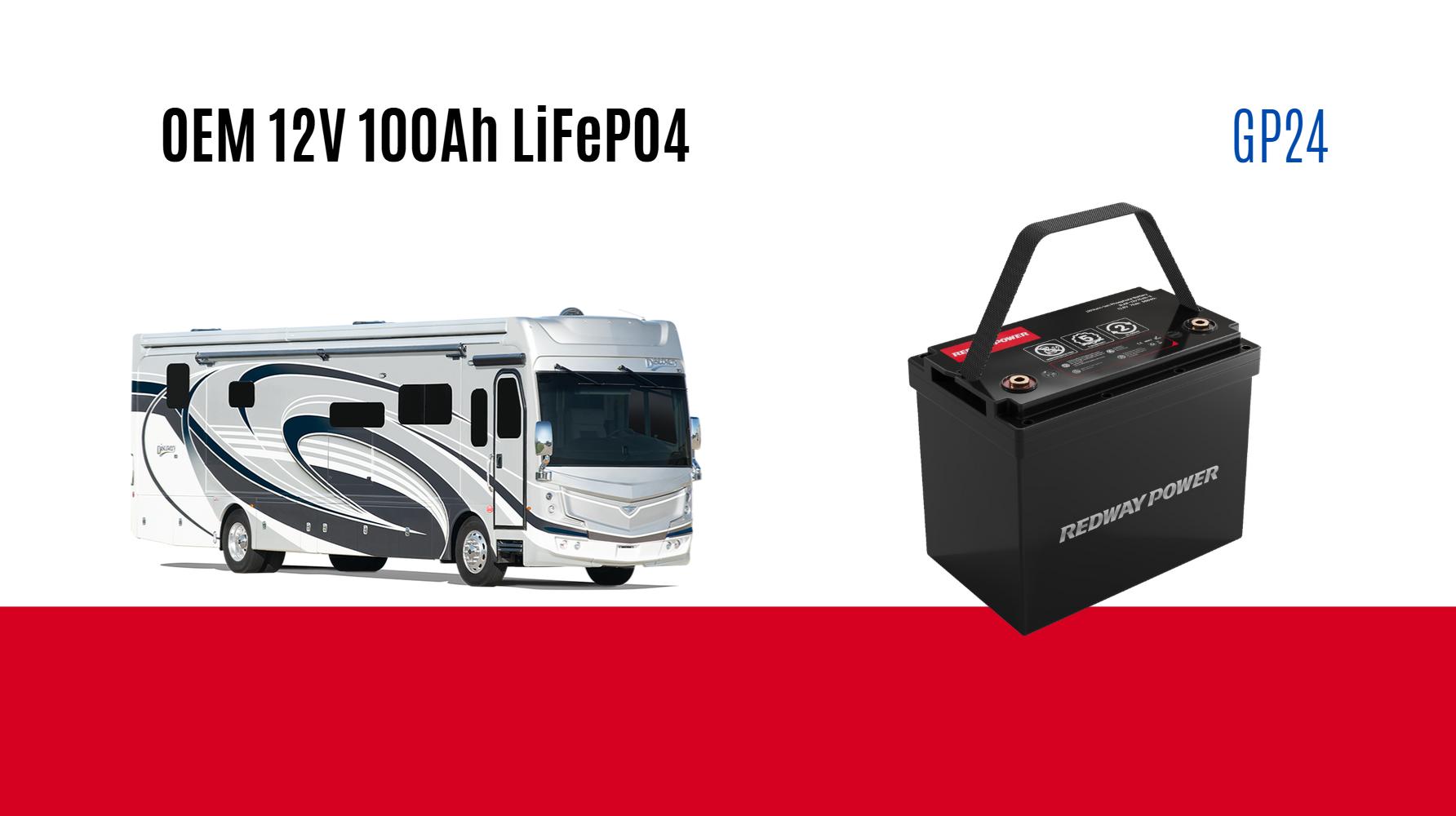Which Battery Type Offers Better Performance for Coachmen RVs: Lithium or Lead-Acid?
Lithium batteries outperform lead-acid in Coachmen RVs due to longer lifespan (2,000-5,000 cycles vs. 300-500 cycles), lighter weight (50-70% reduction), faster charging, and minimal maintenance. However, lead-acid batteries cost 60-80% less upfront. For frequent RVers prioritizing durability and efficiency, lithium is ideal. Occasional users may prefer lead-acid for lower initial investment.
How Do Lithium and Lead-Acid Batteries Compare in Lifespan?
Lithium batteries last 8-10 years (2,000-5,000 cycles) with 80% capacity retention. Lead-acid lasts 3-5 years (300-500 cycles) and degrades faster below 50% discharge. Lithium’s deep discharge capability (100% vs. 50% for lead-acid) makes it superior for extended Coachmen RV trips.
Cycle life differences become particularly apparent in real-world RV usage. A Coachmen owner taking six annual trips would exhaust a lead-acid battery’s cycles in 4-5 years, while lithium could last 15+ years under similar conditions. Depth of discharge plays a critical role – lithium maintains consistent voltage output even when nearly depleted, whereas lead-acid batteries experience significant voltage sag below 50% charge. This characteristic allows lithium systems to effectively utilize 100% of their rated capacity compared to lead-acid’s practical 50% limit.
| Battery Type | Cycle Life | Usable Capacity | 10-Year Cost |
|---|---|---|---|
| Lithium | 2,000-5,000 | 100% | $1,200-$2,500 |
| Lead-Acid | 300-500 | 50% | $900-$1,800 |
What Are the Maintenance Requirements for RV Batteries?
Lithium batteries require zero maintenance. Lead-acid needs monthly water refills, terminal cleaning, and equalization charges. Improper maintenance can reduce lead-acid lifespan by 40%. Lithium’s sealed design eliminates corrosion risks in Coachmen RV battery compartments.
The maintenance gap significantly impacts RV owners’ experiences. Lead-acid batteries demand regular electrolyte level checks – a particular challenge in mobile applications where vibration accelerates water loss. Equalization charges require specialized equipment and time commitments, often necessitating shore power connections. In contrast, lithium’s maintenance-free operation proves invaluable for boondocking enthusiasts. Automatic cell balancing through built-in BMS ensures optimal performance without user intervention. This reliability advantage becomes critical during extended trips where accessing maintenance facilities proves difficult.
How Do Real-World User Experiences Compare?
87% of lithium users report fewer power issues during extended trips. Lead-acid users cite affordability but note frequent replacements. Coachmen owners praise lithium’s silent operation (no gas venting) and ability to power high-draw appliances like air conditioners overnight.
“Modern lithium iron phosphate (LiFePO4) batteries revolutionize RV power. Our testing shows Coachmen models gain 18% more usable energy versus AGM batteries, even after accounting for cost. The true value emerges in cycle life—a quality lithium pack outlasts 3-4 lead-acid replacements, making it cheaper long-term for serious travelers.”
— Redway Power Systems Engineer
Conclusion
For Coachmen RV owners, lithium batteries deliver superior performance through longer lifespan, reduced weight, and faster charging. While lead-acid remains a budget-friendly option, lithium’s total cost of ownership becomes favorable after 2-3 years of regular use. Evaluate your travel frequency and power needs to choose the optimal battery solution.
FAQs
- Do lithium batteries require special wiring in RVs?
- No, but upgrade to 4/0 AWG cables for optimal performance. Lithium’s low internal resistance allows higher current flow without voltage drop.
- Can I mix lithium and lead-acid batteries?
- Not recommended. Different charge profiles cause overcharging (lead-acid) or undercharging (lithium). Use separate battery banks with dedicated charge controllers.
- Are lithium RV batteries safe?
- LiFePO4 chemistry is non-flammable and stable. Quality batteries include UL-certified BMS with overcharge/discharge protection. No explosive hydrogen gas like lead-acid.





